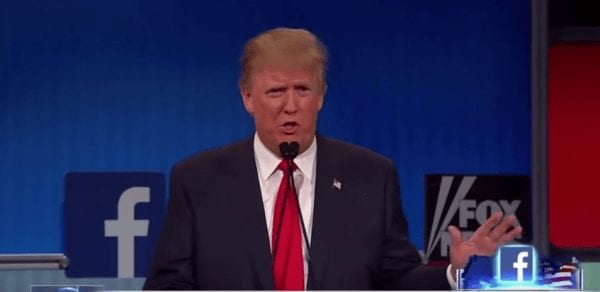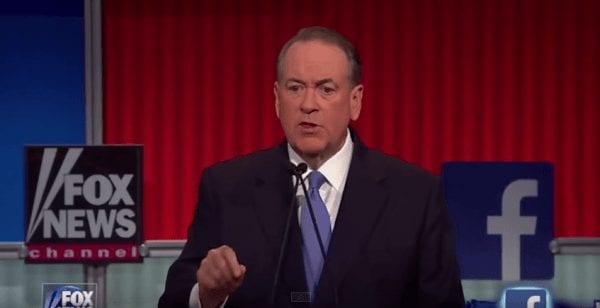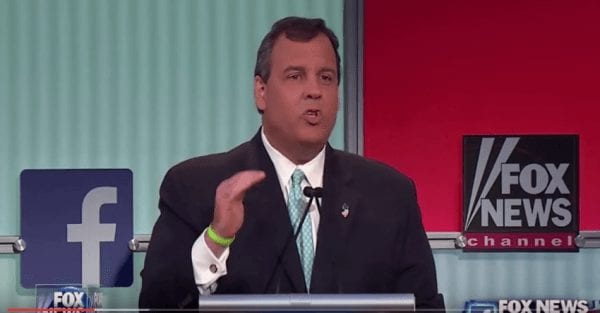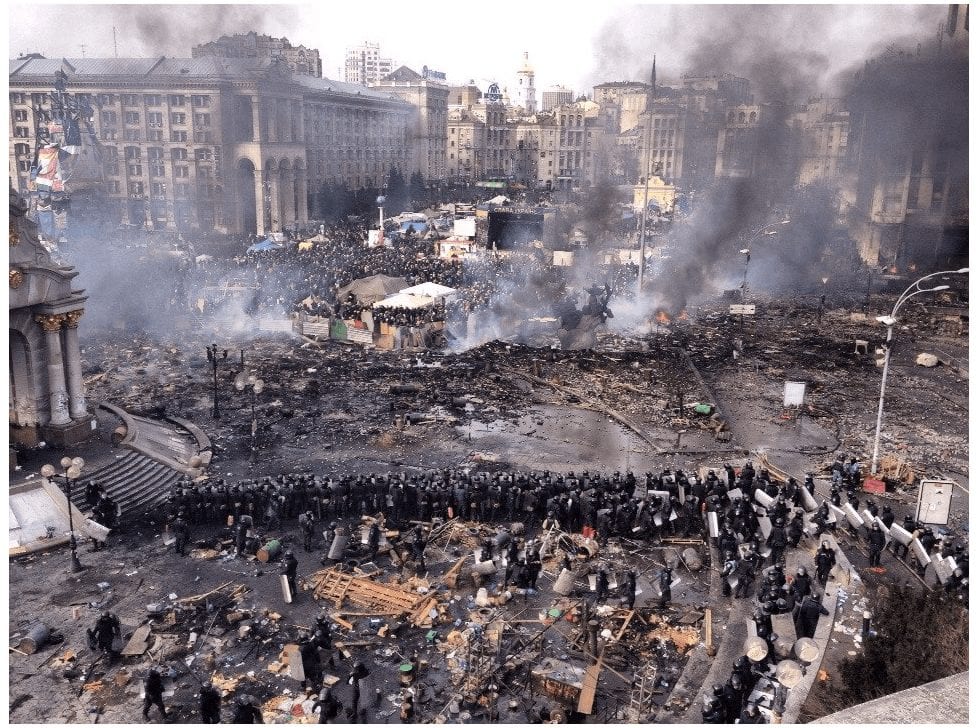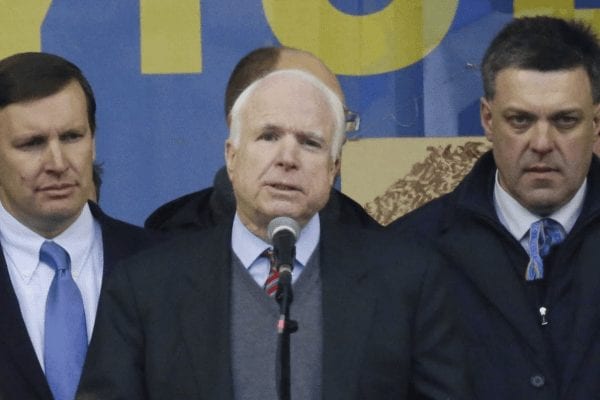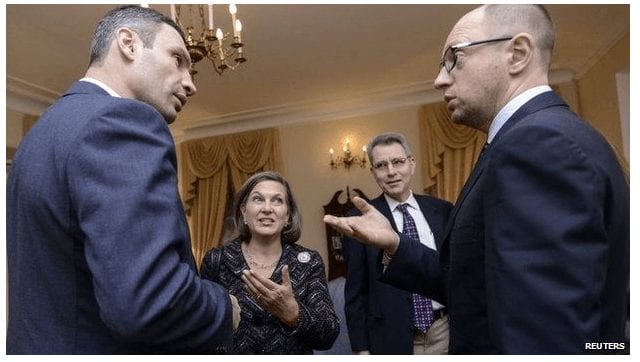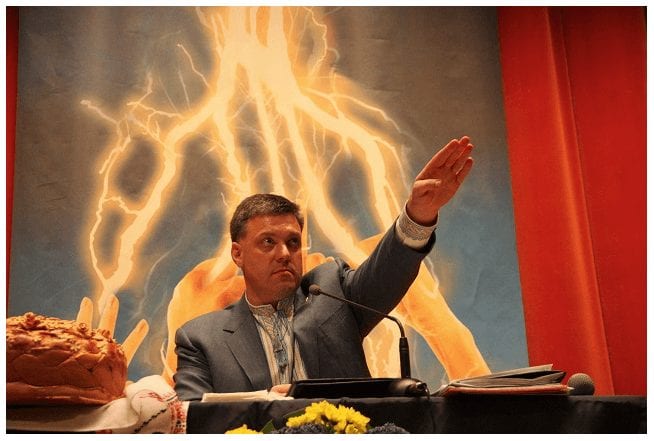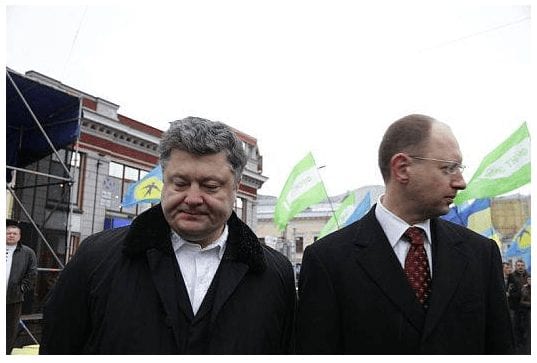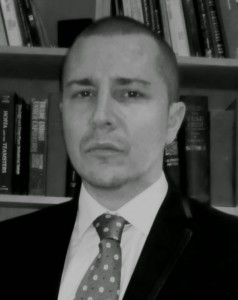[dropcap]T[/dropcap]he Obama U.S. Department of Defense (DoD) has quietly issued its important Law of War Manual, and, unlike its predecessor, the 1956 U.S. Army Field Manual, which was not designed to approve of the worst practices by both the United States and its enemies in World War II, or after 9/11, this new document has been alleged specifically to do just that: to allow such attacks as the United States did on Dresden, Hiroshima, and Nagasaki, and in Iraq, and elsewhere.
Eric Zuesse

Martin Edward “Marty” Dempsey is a United States Army general and the 18th and current Chairman of the Joint Chiefs of Staff. Like the rest of the corporatized military, an unmitigated war hawk.
First here will be a summary of previous news reports about this historically important document; then, extensive quotations from the actual document itself will be provided, relating to the allegations in those previous news reports. Finally will be conclusions regarding whether, or the extent to which, those earlier news reports about it were true.
EARLIER REPORTS ABOUT THE MANUAL:
The document was first reported by DoD in a curt press release on June 12th, with a short-lived link to the source-document, and headlined, “DoD Announces New Law of War Manual.” This press release was published and discussed only in a few military newsmedia, not in the general press.
The document was then anonymously reported on June 25th, at the non-military site,
http://respect-discussion.blogspot.com/2015/06/the-usa-writes-their-own-version-of.html,
under the headline, “The USA writes their own version of ‘International Law’: Pentagon Rewrites ‘Law of War’ Declaring ‘Belligerent’ Journalists as Legitimate Targets.”
That news article attracted some attention from journalists, but no link was provided to the actual document, which the U.S. DoD removed promptly after issuing it.
A professor of journalism was quoted there as being opposed to the document’s allegedly allowing America’s embedded war journalists to kill the other side’s journalists. He said: “It gives them license to attack or even murder journalists that they don’t particularly like but aren’t on the other side.”
Patrick Martin at the World Socialist Web Site, then headlined on August 11th, “Pentagon manual justifies war crimes and press censorship,” and he reported that the Committee to Protect Journalists was obsessed with the document’s implications regarding journalists. A link was provided to the document, but the link is dead.
Then, Sherwood Ross headlined at opednews on August 13th, “Boyle: New Pentagon War Manual Reduces Us to ‘Level of Nazis’,” and he interviewed the famous expert on international law, Francis Boyle, about it, who had read the report. Ross opened: “The Pentagon’s new Law of War Manual(LOWM) sanctioning nuclear attacks and the killing of civilians, ‘reads like it was written by Hitler’s Ministry of War,’ says international law authority Francis Boyle of the University of Illinois at Champaign.” Ross continued: “Boyle points out the new manual is designed to supplant the 1956 U.S. Army Field Manual 27-10 written by Richard Baxter, the world’s leading authority on the Laws of War. Baxter was the Manley O. Hudson Professor of Law at Harvard Law School and a Judge on the International Court of Justice. Boyle was his top student.”
The Pentagon’s new Law of War Manual(LOWM) sanctioning nuclear attacks and the killing of civilians, ‘reads like it was written by Hitler’s Ministry of War”
Ross did not link to the actual document. The only new information he provided about it consisted of Boyle’s opinions about it.
Though the DoD removed the document, someone had fortunately already copied it into the Web Archive, and I have linked to it there, at the top of the present article, to make the source-document easily accessible to the general public. The document is 1,204 pages. So, finally, the general public can see the document and make their own judgments about it. What follows will concern specifically the claims about it that were made in those prior news articles, and will compare those claims with the relevant actual statements in the document itself. Reading what the document says is worthwhile, because its predecessor, the Army Field Manual, became central in the news coverage about torture and other Bush Administration war-crimes.
THE DOCUMENT:
[dropcap]F[/dropcap]irst of all, regarding “journalists,” the document, in Chapter 4, says: “4.24.2 Journalists and other media representatives are regarded as civilians;471 i.e., journalism does not constitute taking a direct part in hostilities such that such a person would be deprived of protection from being made the object of attack.472.” Consequently, the journalism professor’s remark is dubious, at best, but probably can be considered to be outright false.
The charge by the international lawyer, Professor Boyle, is a different matter altogether.
This document says, in Chapter 5: “5.3.1 Responsibility of the Party Controlling Civilian 5.3.1 Persons and Objects. The party controlling civilians and civilian objects has the primary responsibility for the protection of civilians and civilian objects.13[13 See J. Fred Buzhardt, DoD General Counsel, Letter to Senator Edward Kennedy, Sept. 22, 1972. …] The party controlling the civilian population generally has the greater opportunity to minimize risk to civilians.14[14 FINAL REPORT ON THE PERSIAN GULF WAR 614. …] Civilians also may share in the responsibility to take precautions for their own protection.15[15 U.S. Comments on the International Committee of the Red Cross’s Memorandum on the Applicability of International Humanitarian Law in the Gulf Region, Jan. 11, 1991. …]” This is directly counter to what Professor Boyle was alleged to have charged about the document.
The document continues: “5.3.2 Essentially Negative Duties to Respect Civilians and to Refrain From Directing Military Operations Against Them. In general, military operations must not be directed against enemy civilians.16 In particular:
• Civilians must not be made the object of attack;17
• Military objectives may not be attacked when the expected incidental loss of life and injury to civilians or damage to civilian objects would be excessive in relation to the concrete and direct military advantage expected to be gained;18
• Civilians must not be used as shields or as hostages;19 and
• Measures of intimidation or terrorism against the civilian population are prohibited, including acts or threats of violence, the primary purpose of which is to spread terror among the civilian population.20″
Furthermore: “5.3.3 Affirmative Duties to Take Feasible Precautions for the Protection of Civilians and Other Protected Persons and Objects. Parties to a conflict must take feasible precautions to reduce the risk of harm to the civilian population and other protected persons and objects.27 Feasible precautions to reduce the risk of harm to civilians and civilian objects must be taken when planning and conducting attacks.28”
Moreover: “5.5.2 Parties to a conflict must conduct attacks in accordance with the principles of distinction and proportionality. In particular, the following rules must be observed:
• Combatants may make military objectives the object of attack, but may not direct attacks against civilians, civilian objects, or other protected persons and objects.66
• Combatants must refrain from attacks in which the expected loss of life or injury to civilians, and damage to civilian objects incidental to the attack, would be excessive in relation to the concrete and direct military advantage expected to be gained.67
• Combatants must take feasible precautions in conducting attacks to reduce the risk of harm to civilians and other protected persons and objects.68
• In conducting attacks, combatants must assess in good faith the information that is available to them.69
• Combatants may not kill or wound the enemy by resort to perfidy.70
• Specific rules apply to the use of certain types of weapons.71”
In addition: “5.5.3.2 AP I Presumptions in Favor of Civilian Status in Conducting Attacks. In the context of conducting attacks, certain provisions of AP I reflect a presumption in favor of civilian status in cases of doubt. Article 52(3) of AP I provides that ‘[i]n case of doubt whether an object which is normally dedicated to civilian purposes, such as a place of worship, a house or other dwelling or a school, is being used to make an effective contribution to military actions, it shall be presumed not to be so used.’76 Article 50(1) of AP I provides that ‘[i]n case of doubt whether a person is a civilian, that person shall be considered to be a civilian.’”
Then, there is this: “5.15 UNDEFENDED CITIES, TOWNS, AND VILLAGES. Attack, by whatever means, of a village, town, or city that is undefended is prohibited.360 Undefended villages, towns, or cities may, however, be captured.”
Furthermore: “5.17 SEIZURE AND DESTRUCTION OF ENEMY PROPERTY. Outside the context of attacks, certain rules apply to the seizure and destruction of enemy property:
• Enemy property may not be seized or destroyed unless imperatively demanded by the necessities of war.”
These features too are not in accord with the phrase ‘reads like it was written by Hitler’s Ministry of War.’
However, then, there is also this in Chapter 6, under “6.5 Lawful Weapons”:
“6.5.1 Certain types of weapons, however, are subject to specific rules that apply to their use by the U.S. armed forces. These rules may reflect U.S. obligations under international law or national policy. These weapons include:
• mines, booby-traps, and other devices (except certain specific classes of prohibited mines, booby-traps, and other devices);38
• explosive ordnance.45
6.5.2 Other Examples of Lawful Weapons. In particular, aside from the rules prohibiting weapons calculated to cause superfluous injury and inherently indiscriminate weapons,46 there are no law of war rules specifically prohibiting or restricting the following types of weapons by the U.S. armed forces: …
• depleted uranium munitions;51”
[dropcap]M[/dropcap]ines, cluster munitions, incendiary weapons, herbicides, nuclear weapons, and depleted uranium munitions, are all almost uncontrollably violative of the restrictions that were set forth in Chapter 5, preceding.
There are also passages like this:
“6.5.4.4 Expanding Bullets. The law of war does not prohibit the use of bullets that expand or flatten easily in the human body. Like other weapons, such bullets are only prohibited if they are calculated to cause superfluous injury.74 The U.S. armed forces have used expanding bullets in various counterterrorism and hostage rescue operations, some of which have been conducted in the context of armed conflict.
The 1899 Declaration on Expanding Bullets prohibits the use of expanding bullets in armed conflicts in which all States that are parties to the conflict are also Party to the 1899 Declaration on Expanding Bullets.75 The United States is not a Party to the 1899 Declaration on Expanding Bullets, in part because evidence was not presented at the diplomatic conference that expanding bullets produced unnecessarily severe or cruel wounds.76”
The United States still has not gone as far as the 1899 Declaration on Expanding Bullets. The U.S. presumption is instead that expanding bullets have not “produced unnecessarily severe or cruel wounds.” This is like George W. Bush saying that waterboarding, etc., aren’t “torture.” The document goes on to explain that, “expanding bullets are widely used by law enforcement agencies today, which also supports the conclusion that States do not regard such bullets are inherently inhumane or needlessly cruel.81” And, of course, the Republicans on the U.S. Supreme Court do not think that the death penalty is either “cruel” or “unusual” punishment. Perhaps Obama is a closeted Republican himself.
The use of depleted uranium was justified by an American Ambassador’s statement asserting that, “The environmental and long-term health effects of the use of depleted uranium munitions have been thoroughly investigated by the World Health Organization, the United Nations Environmental Program, the International Atomic Energy Agency, NATO, the Centres for Disease Control, the European Commission, and others. None of these inquiries has documented long-term environmental or health effects attributable to use of these munitions.”
However, according to Al Jazeera’s Dahr Jamail, on 15 March 2013: “Official Iraqi government statistics show that, prior to the outbreak of the First Gulf War in 1991, the rate of cancer cases in Iraq was 40 out of 100,000 people. By 1995, it had increased to 800 out of 100,000 people, and, by 2005, it had doubled to at least 1,600 out of 100,000 people. Current estimates show the increasing trend continuing. As shocking as these statistics are, due to a lack of adequate documentation, research, and reporting of cases, the actual rate of cancer and other diseases is likely to be much higher than even these figures suggest.” If those figures are accurate, then the reasonable presumption would be that depleted uranium should have been banned long ago. Continuing to assert that it’s not as dangerous a material as people think it is, seems likely to be based on cover-up, rather than on science. Until there is proof that it’s not that toxic, the presumption should be that it must be outlawed.
Finally, though the press reports on this document have not generally focused on the issue of torture, it’s worth pointing out what the document does say, about that:
“5.26.2 Information Gathering. The employment of measures necessary for obtaining information about the enemy and their country is considered permissible.727
Information gathering measures, however, may not violate specific law of war rules.728
For example, it would be unlawful, of course, to use torture or abuse to interrogate detainees for purposes of gathering information.”
And: “9.8.1 Humane Treatment During Interrogation. Interrogation must be carried out in a manner consistent with the requirements for humane treatment, including the prohibition against acts of violence or intimidation, and insults.153
No physical or mental torture, nor any other form of coercion, may be inflicted on POWs to secure from them information of any kind whatever.154 POWs who refuse to answer may not be threatened, insulted, or exposed to unpleasant or disadvantageous treatment of any kind.155
Prohibited means include imposing inhumane conditions,156 denial of medical treatment, or the use of mind-altering chemicals.157”
Those provisions would eliminate George W. Bush’s ‘justification’ for the use of tortures such as waterboarding, and humiliation.
Furthermore: “8.2.1 Protection Against Violence, Torture, and Cruel Treatment. Detainees must be protected against violence to life and person, in particular murder of all kinds, mutilation, cruel treatment, torture, and any form of corporal punishment.29”
Therefore, even if Bush’s approved forms of torture were otherwise allowable under Obama’s new legal regime, some of those forms, such as waterboarding, and even “insults,” would be excluded by this provision.
Moreover: “8.2.4 Threats to Commit Inhumane Treatment. Threats to commit the unlawful acts described above (i.e., violence against detainees, or humiliating or degrading treatment, or biological or medical experiments) are also prohibited.37”
And: “8.14.4.1 U.S. Policy Prohibiting Transfers in Cases in Which Detainees Would Likely Be Tortured. U.S. policy provides that no person shall be transferred to another State if it is more likely than not that the person would be tortured in the receiving country.”
Therefore, specifically as regards torture, the Obama system emphatically and clearly excludes what the Bush interpretation of the U.S. Army Field Manual allowed.
CONCLUSIONS:
[dropcap]W[/dropcap]hat seems undeniable about the Law of War Manual, is that there are self-contradictions within it. To assert that it “reads like it was written by Hitler’s Ministry of War,” is going too far. But, to say that it’s hypocritical (except, perhaps, on torture, where it’s clearly a repudiation of GWB’s practices), seems safely true.
This being so, Obama’s Law of War Manual should ultimately be judged by Obama’s actions as the U.S. Commander in Chief, and not merely by the document’s words. Actions speak truer than words, even if they don’t speak louder than words (and plenty of people still think that Obama isn’t a Republican in ‘Democratic’ verbal garb: they’re not tone-deaf, but they surely are action-deaf; lots of people judge by words not actions). For example: it was Obama himself who arranged the bloody coup in Ukraine and the resulting necessary ethnic cleansing there in order to exterminate or else drive out the residents in the area of Ukraine that had voted 90+% for the Ukrainian President whom Obama’s people (via their Ukrainian agents) had overthrown. Cluster bombs, firebombs, and other such munitions have been used by their stooges for this purpose, that ethnic cleansing: against the residents there. Obama has spoken publicly many times defending what they are doing, but using euphemisms to refer to it. He is certainly behind the coup and its follow-through in the ethnic cleansing, and none of it would be happening if he did not approve of it. Judging the mere words of Obama’s Law of War Manual by Obama’s actions (such as in Ukraine, but also Syria, and Libya) is judging it by how he actually interprets it, and this technique of interpreting the document provides the answer to the document’s real meaning. It answers the question whenever there are contradictions within the document (as there indeed are).
Consequently, what Francis Boyle was reported to have said is, in the final analysis, true, at least in practical terms — which is all that really counts — except on torture, where his allegation is simply false.
Obama’s intent, like that of anyone, must be drawn from his actions, his decisons, not from his words, whenever the words and the actions don’t jibe, don’t match. When his Administration produced its Law of War Manual, it should be interpreted to mean what his Administration has done and is doing, not by its words, wherever there is a contradiction between those two.
This also means that no matter how much one reads the document itself, some of what one is reading is deception if it’s not being interpreted by, and in the light of, an even more careful reading of Obama’s relevant actions regarding the matters to which the document pertains.
Otherwise, the document is being read in a way that confuses its policy statements with its propaganda statements.
Parts of the document are propaganda. The purpose isn’t to fool the public, who won’t read the document (and Obama apparently doesn’t want them to). The purpose of the propaganda is to enable future presidents to say, “But if you will look at this part of the Manual, you will see that what we are doing is perfectly legal.” Those mutually contradictory passages are there in order to provide answers which will satisfy both the ‘hawks’ and the ‘doves.’

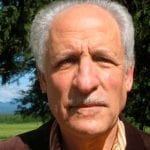 Investigative historian They’re Not Even Close: The Democratic vs. Republican Economic Records, 1910-2010, and of CHRIST’S VENTRILOQUISTS: The Event that Created Christianity.
Investigative historian They’re Not Even Close: The Democratic vs. Republican Economic Records, 1910-2010, and of CHRIST’S VENTRILOQUISTS: The Event that Created Christianity.
…

FACT TO REMEMBER:
IF THE WESTERN MEDIA HAD ITS PRIORITIES IN ORDER AND ACTUALLY INFORMED, EDUCATED AND UPLIFTED THE MASSES INSTEAD OF SHILLING FOR A GLOBAL EMPIRE OF ENDLESS WARS, OUTRAGEOUS ECONOMIC INEQUALITY, AND DEEPENING DEVASTATION OF NATURE AND THE ANIMAL WORLD, HORRORS LIKE THESE WOULD HAVE BEEN ELIMINATED MANY YEARS, PERHAPS DECADES AGO. EVERY SINGLE DAY SOCIAL BACKWARDNESS COLLECTS ITS OWN INNUMERABLE VICTIMS.

[printfriendly]
REBLOGGERS NEEDED. APPLY HERE!
Get back at the lying, criminal mainstream media and its masters by reposting the truth about world events. If you like what you read on The Greanville Post help us extend its circulation by reposting this or any other article on a Facebook page or group page you belong to. Send a mail to Margo Stiles, letting her know what pages or sites you intend to cover. We MUST rely on each other to get the word out!
And remember: All captions and pullquotes are furnished by the editors, NOT the author(s).
What is $5 a month to support one of the greatest publications on the Left?
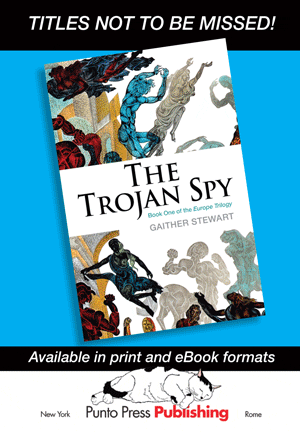
 On 11 February 2004, this is how the pro-Western Moscow Times, which wikipedia refers to as “the first Western daily to be published in Russia,” described “Putin and the Chechen War: Together Forever”:
On 11 February 2004, this is how the pro-Western Moscow Times, which wikipedia refers to as “the first Western daily to be published in Russia,” described “Putin and the Chechen War: Together Forever”:![]()


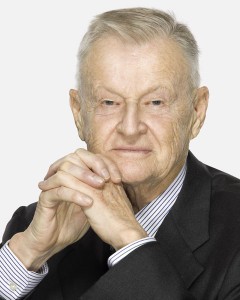
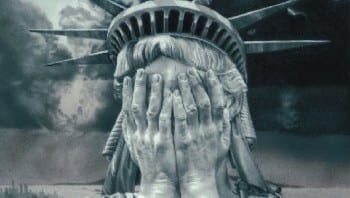

 Investigative historian
Investigative historian 
